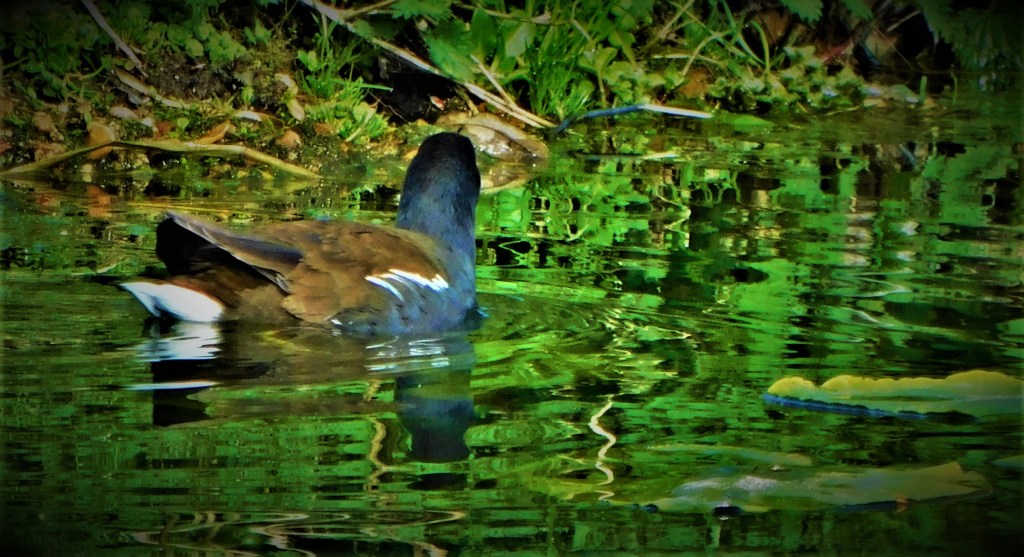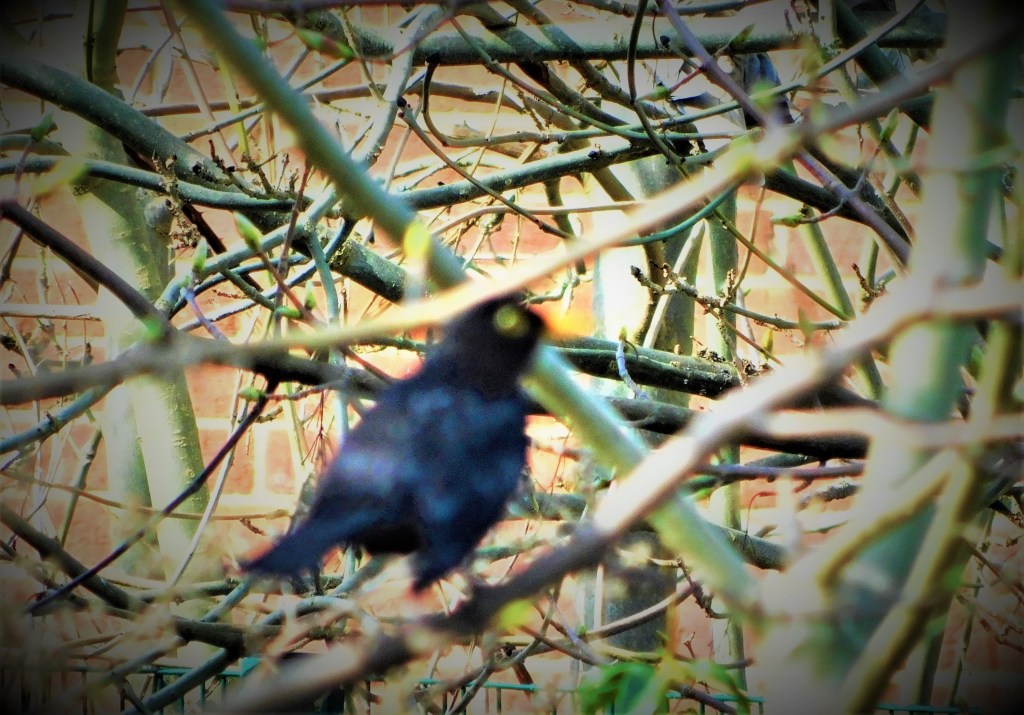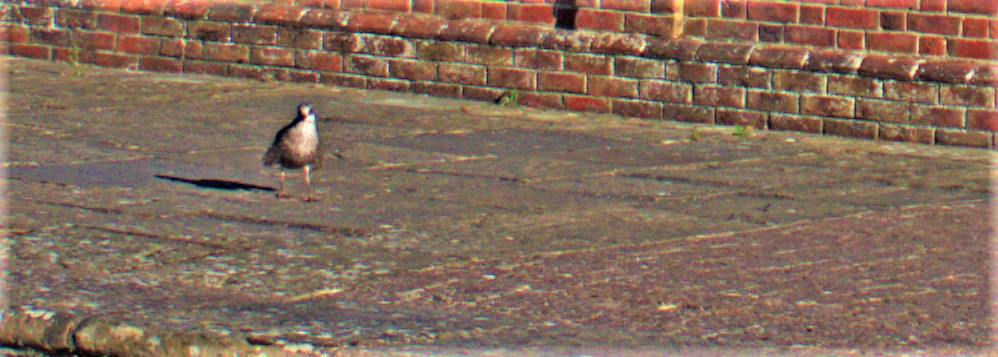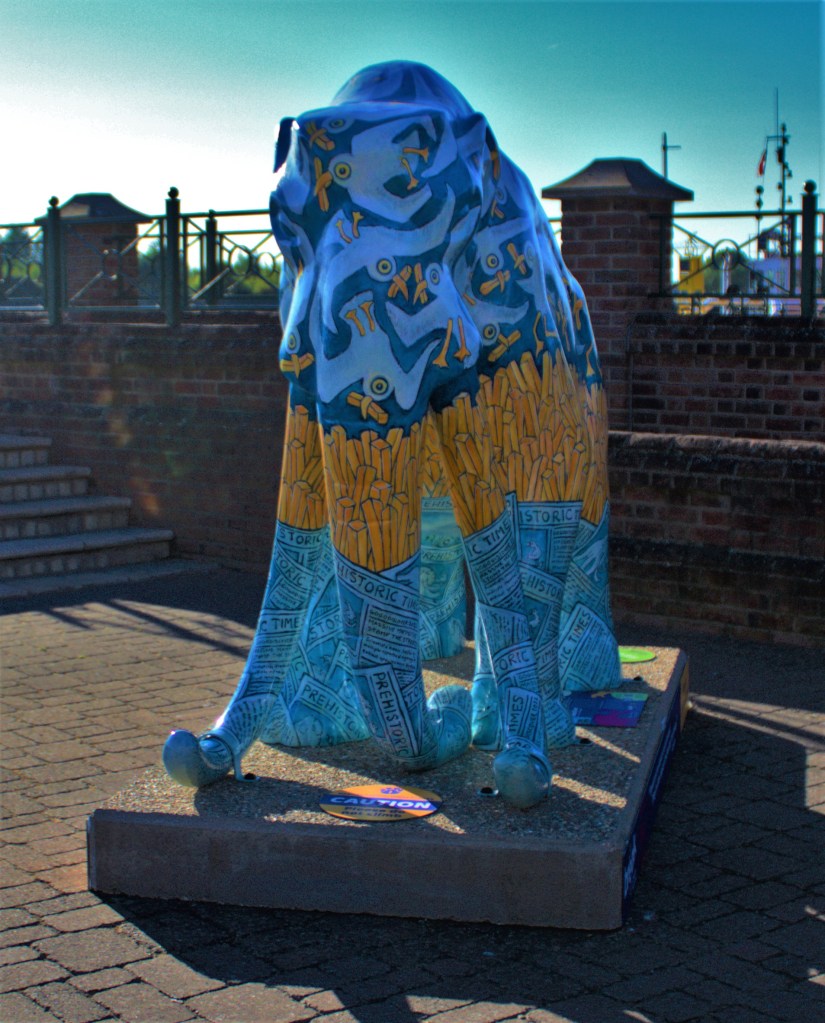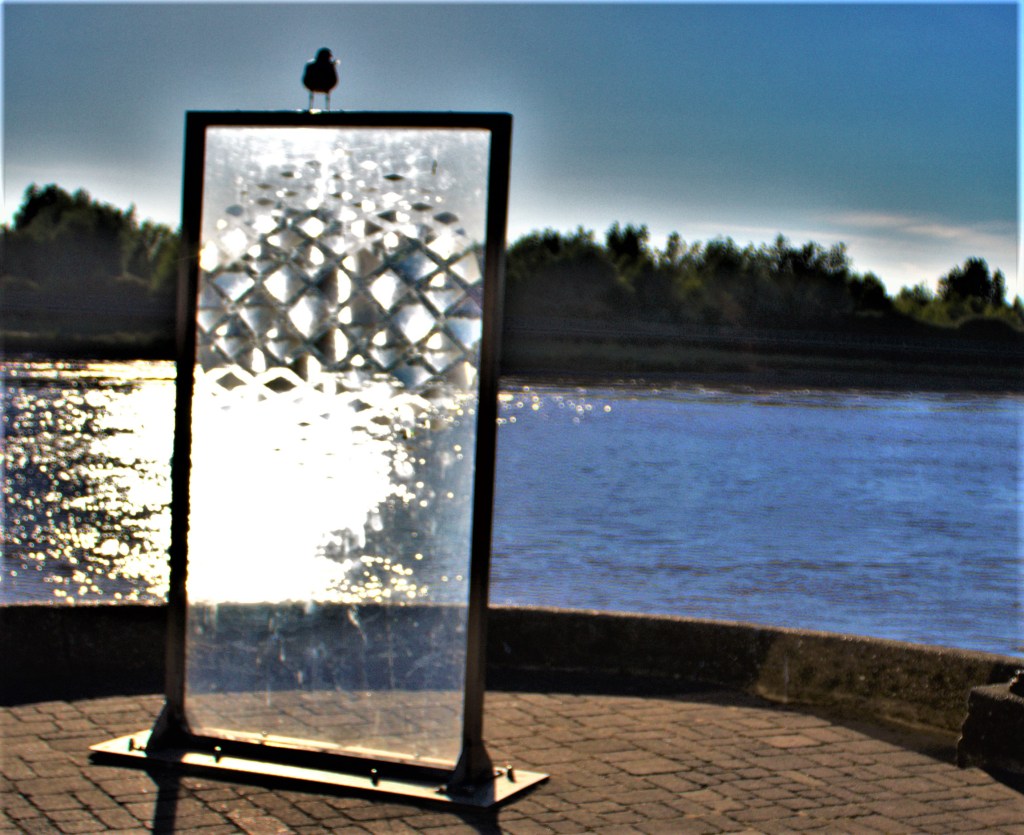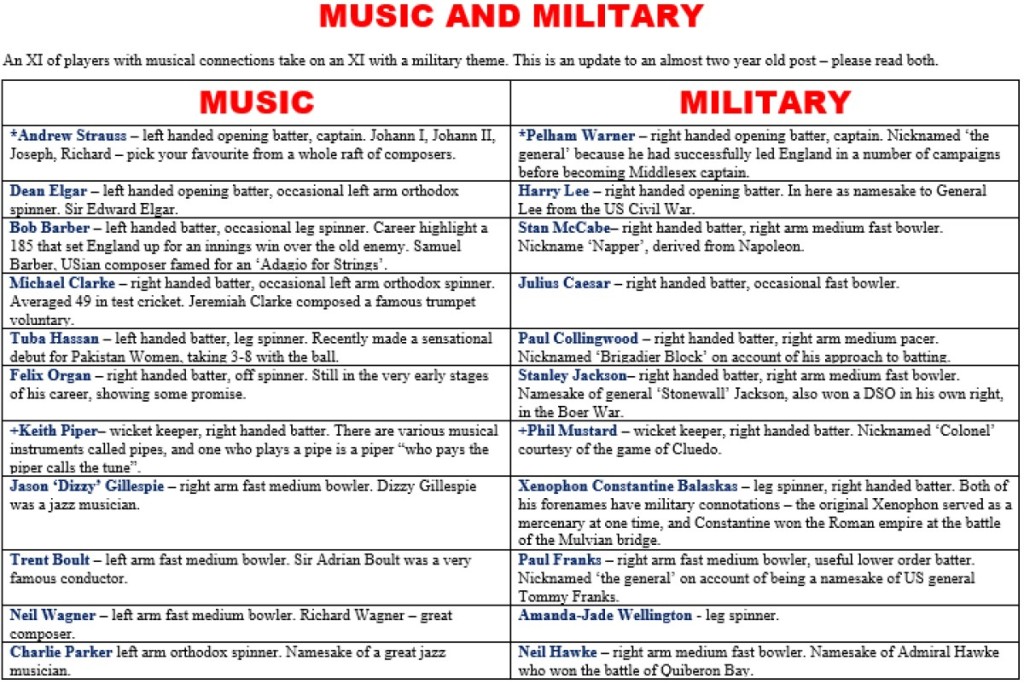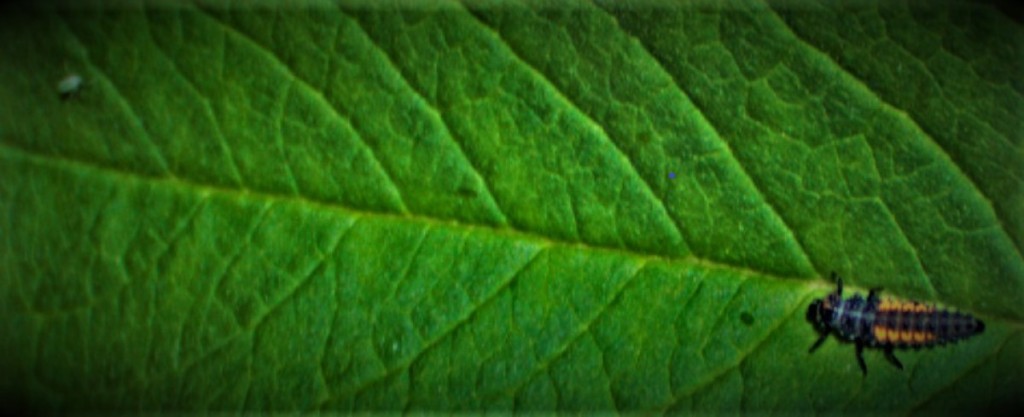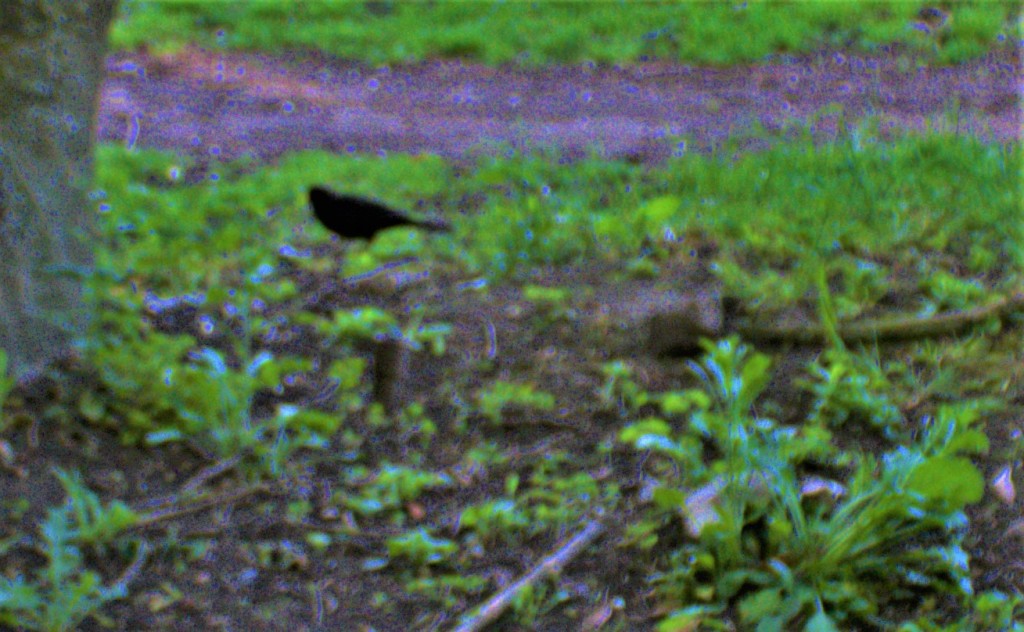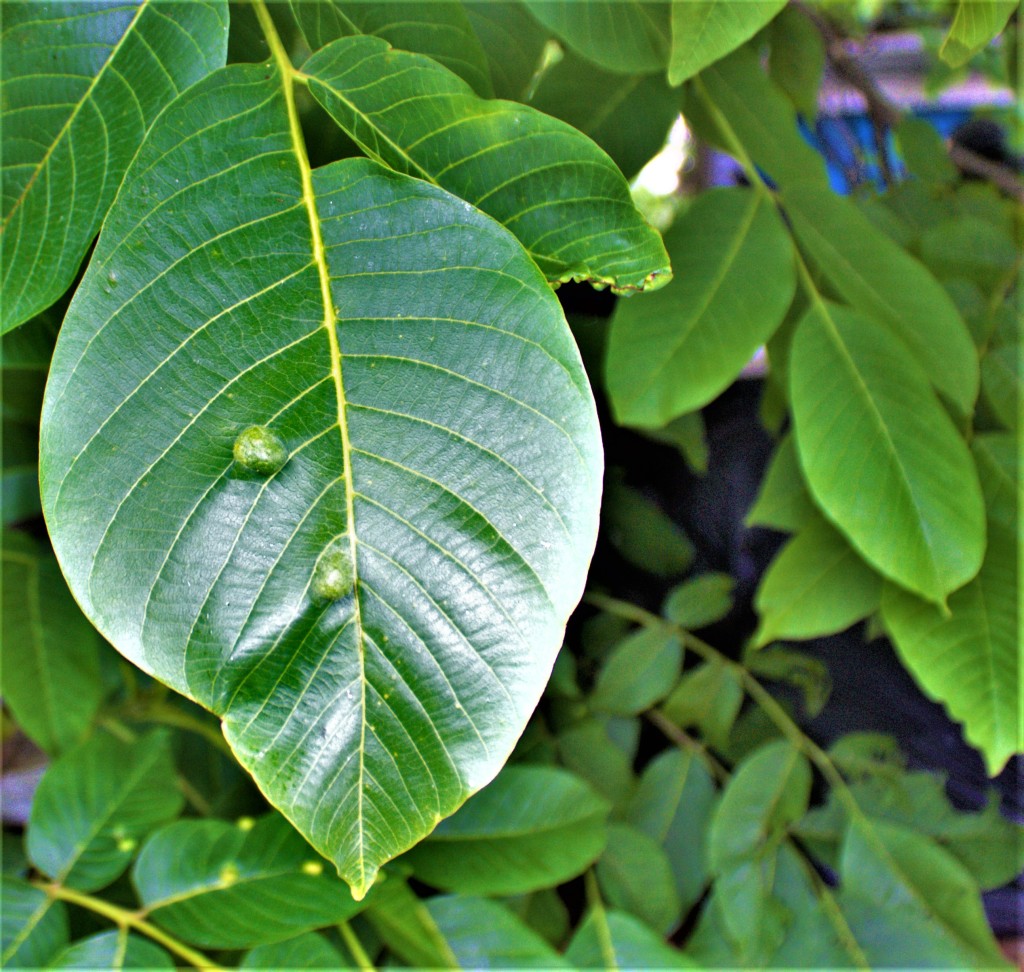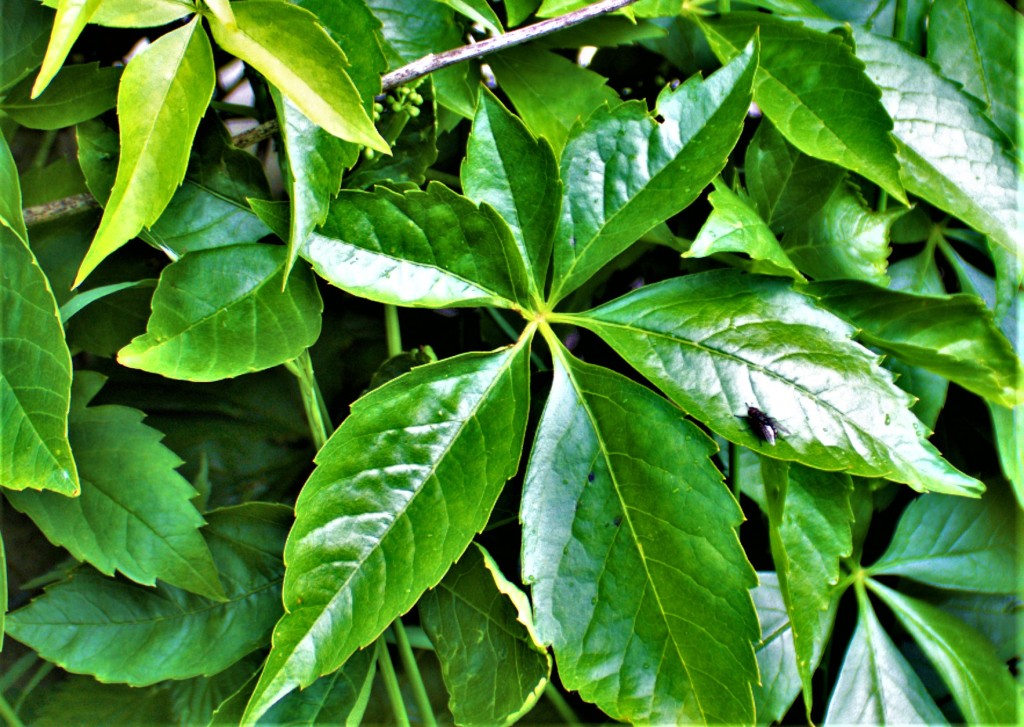Of the 700 or so players to have turned out for the England men’s test side approximately 100 have done so exactly once. This XI is picked from these players. Sidestream Bob commented on yesterday’s post indicating that he wanted to see such an XI, so here it is.
THE XI IN BATTING ORDER
- *Edward Mills Grace (right handed opening batter, right arm lob bowler, daring close fielder). Eclipsed by his brother WG and already 39 by the time he made his sole test appearance he still scored 36 in the first innings, sharing an opening stand of 91 with WG. He was towering prodigy in the late 1850s and early 1860s, and it was only near the end of the 1860s that WG, seven years his junior (the same age gap coincidentally as that between Mycroft Holmes and his more gifted younger brother Sherlock – and Conan Doyle was a cricket fanatic and a fine player in his own right) definitely overhauled EM. Test cricket came too late for EM, though he should probably have been picked for the Oval test of 1882 – AN Hornby never delivered against Australia with the bat and his captaincy helped cost England that match, when he held CT Studd, scorer of two centuries against the Aussies that season, back until number 10, and Studd ended up not facing a ball in the innings.
- Alan Butcher (left handed opening batter). One solitary test cap was scant reward for a long and productive county career first with Surrey and then with Glamorgan.
- Mark Benson (right handed top order batter). He was a regular opener, and scored large numbers of runs for Kent in the course of long career. His one and only test appearance, against India in 1986 yielded scores of 21 and 30.
- Alan Wells (right handed batter). His paucity of test caps was partly self inflicted since he signed up for the last rebel tour of South Africa, but he was very successful at county level, and his call up for the last test of the 1995 series against the West Indies was scant reward for so good a career, especially when an Ambrose snorter ensured that his test career would yield no runs.
- Paul Parker (right handed batter, excellent fielder). Mike Brearley was told that if he wanted to captain England in the final test of 1981 at The Oval he had to accept an experimental line up. Picking folk for the last test of a series seems silly to me because unless the do something remarkable they are likely to end as one cap wonders. Paul Parker was one of those capped at The Oval in 1981, he did little in the match and was promptly forgotten about by the selectors, though he continued to perform well for Sussex.
- Fred Grace (right handed batter, right arm medium pacer, excellent outfielder). In the 1870s only big brother WG did significantly better with the bat than Fred, and he took his FC wickets at 20.06 a piece. His sole test call up, at The Oval in 1880, saw him collect a pair and not do much with the ball, though had the ‘Champagne Moment’ been a thing in 1880 his catch to dismiss the big hitting George Bonnor, held as the batters were crossing for their THIRD run (Frederick Gale chain measured the distance and worked out that Fred Grace was 115 yards – approximately 105 metres – from the bat when he took the catch) would have won it. Fred Grace was not a victim of selectorial caprice – two weeks after this match he caught a chill, which turned into a fatal chest infection.
- *Aubrey Smith (right arm fast medium bowler, right handed lower middle order batter, captain). The only person to captain an England men’s test team on his only appearance at that level, there could be no other captain of this XI. He took seven wickets in that one match, the first of two on an early tour of South Africa which were granted test status retrospectively. He was unavailable for the second match, and Monty Bowden took the captaincy. Smith took to acting first on stage and then on screen once his playing days were done, and he founded Hollywood Cricket Club, for whom he turned out even into his eighties.
- Arnold Warren (right arm fast bowler, right handed lower order batter). He did once share a ninth wicket stand of 283* with one J Chapman. His sole test cap came in 1909, and he took 6-113 in the match including an innings haul of 5-57. For Derbyshire he was one half of an excellent though hard to handle new ball duo alongside Billy Bestwick.
- +Leslie Gay (wicket keeper, right handed batter). Finding a keeper who was one cap wonder was a challenge, but this guy, who also kept goal for the England men’s football team played the first match of the 1894-5 Ashes and was dropped for Hylton ‘Punch’ Philippson after a poor game, and never got another England cap.
- Charlie Parker (left arm orthodox spinner, right handed lower order batter). The third leading wicket taker in first class history, with 3,278 scalps, but just one appearance for England, in which he took 2-32.
- Charles ‘Father’ Marriott (leg spinner, right handed lower order batter). A natural number 11 if ever there was one, and an excellent fit for this side. His career as a teacher limited his cricket playing but in the course of an FC career that spanned 17 years he claimed 724 wickets nevertheless, and his sole test appearance, against the West Indies in 1933, yielded match figures of 11-96, the best ever achieved by a one-cap wonder.
This side has decent top six, a bowling all rounder at seven, a bowler who could bat at eight, a keeper who was not a total incompetent with the bat and two genuine tail enders. The bowling, with Smith and Warren to share the new ball, Fred Grace as a back up seam option and C Parker, Marriott and EM Grace as three different slow options is both strong and varied.
EXTRAS
Stuart Law, a one cap wonder for Australia, qualified by residence (he played county cricket for many years, first for Lancashire and then for Essex) for England in 2006, but I felt that given that his sole appearance was for another country it would be a stretch to include him in this XI.
Mike Smith of Gloucestershire and Simon Brown of Durham each got picked on a ‘horses for courses’ basis for test matches at Headingley in the 1990s, and in each case did little and were never picked again. Their overall records are not good enough for them to displace any of my chosen specialist bowlers.
PHOTOGRAPHS
Before my usual sign off I have a petition to share with you. It calls for ‘Swift bricks’ to be a requirement for all new build houses to combat the decline in numbers in the swift population, and is on the cusp of the 100,000 signatures needed for a debate in parliament – if you are a UK citizen you could be the one to send it over the line: https://petition.parliament.uk/petitions/626737
Time for my usual sign off…







